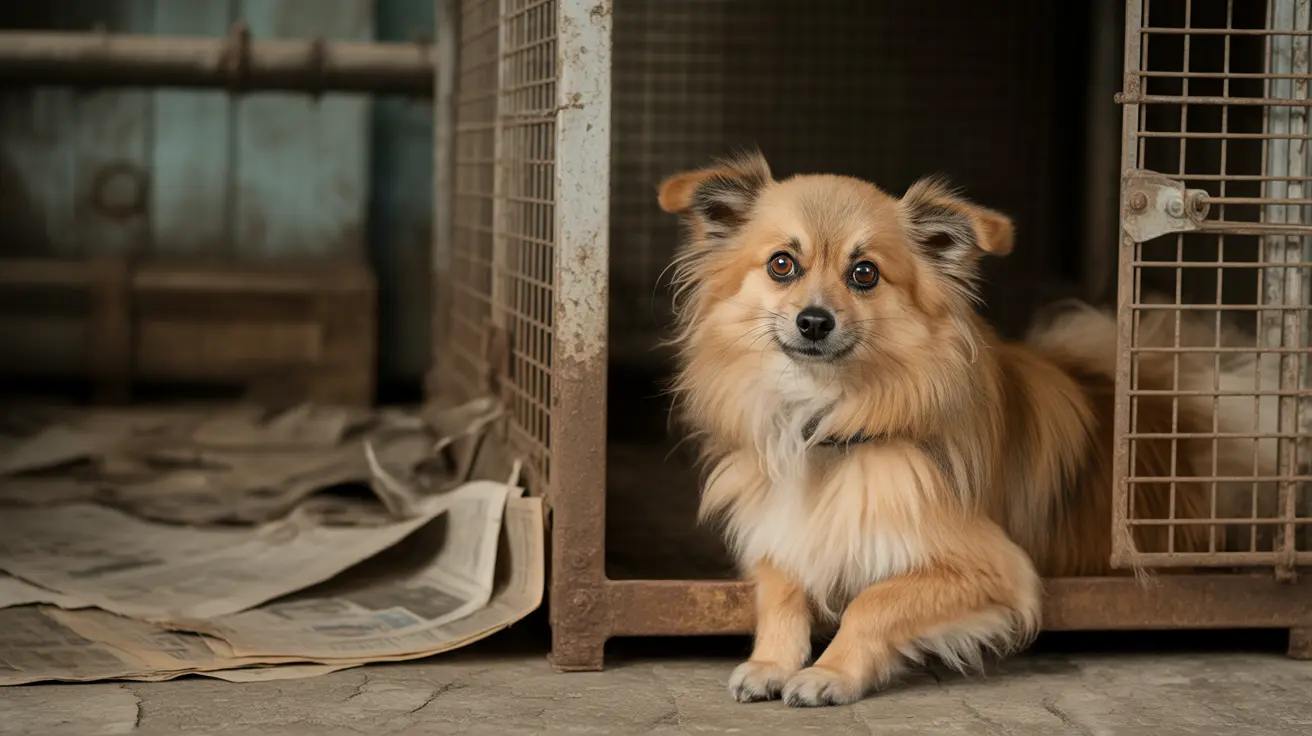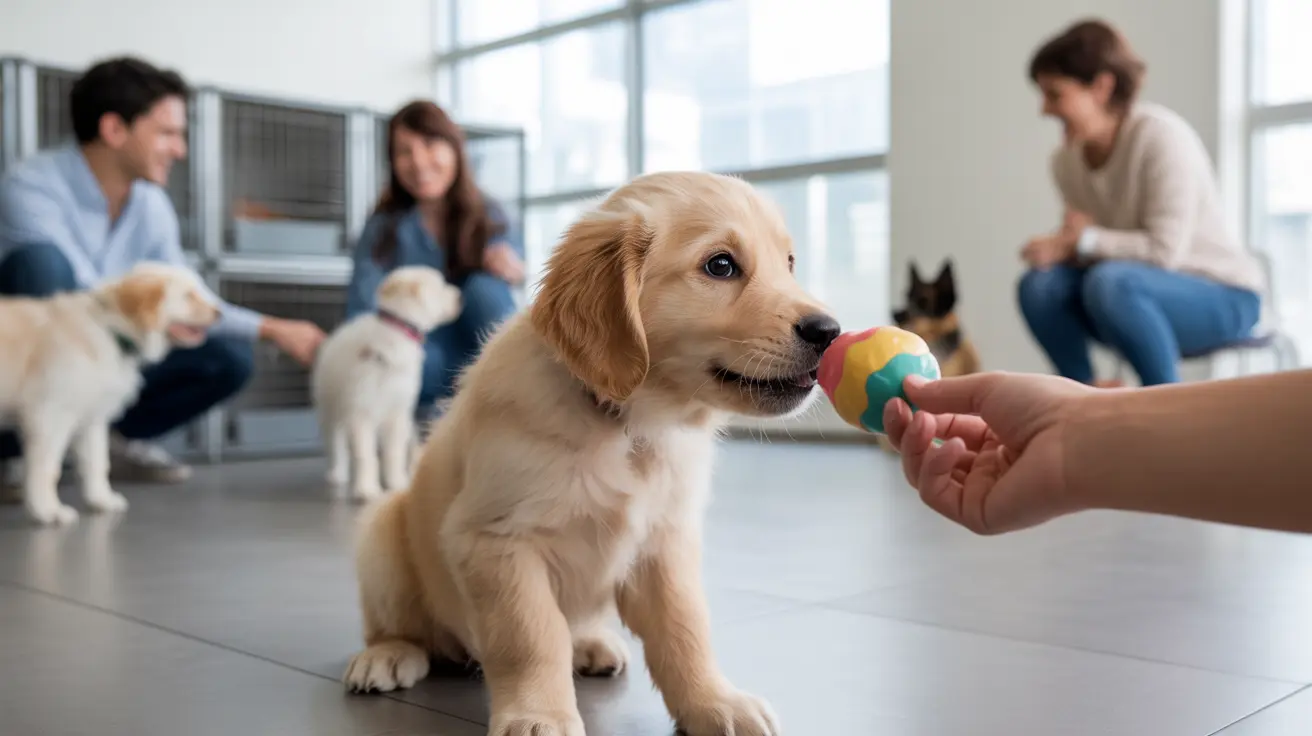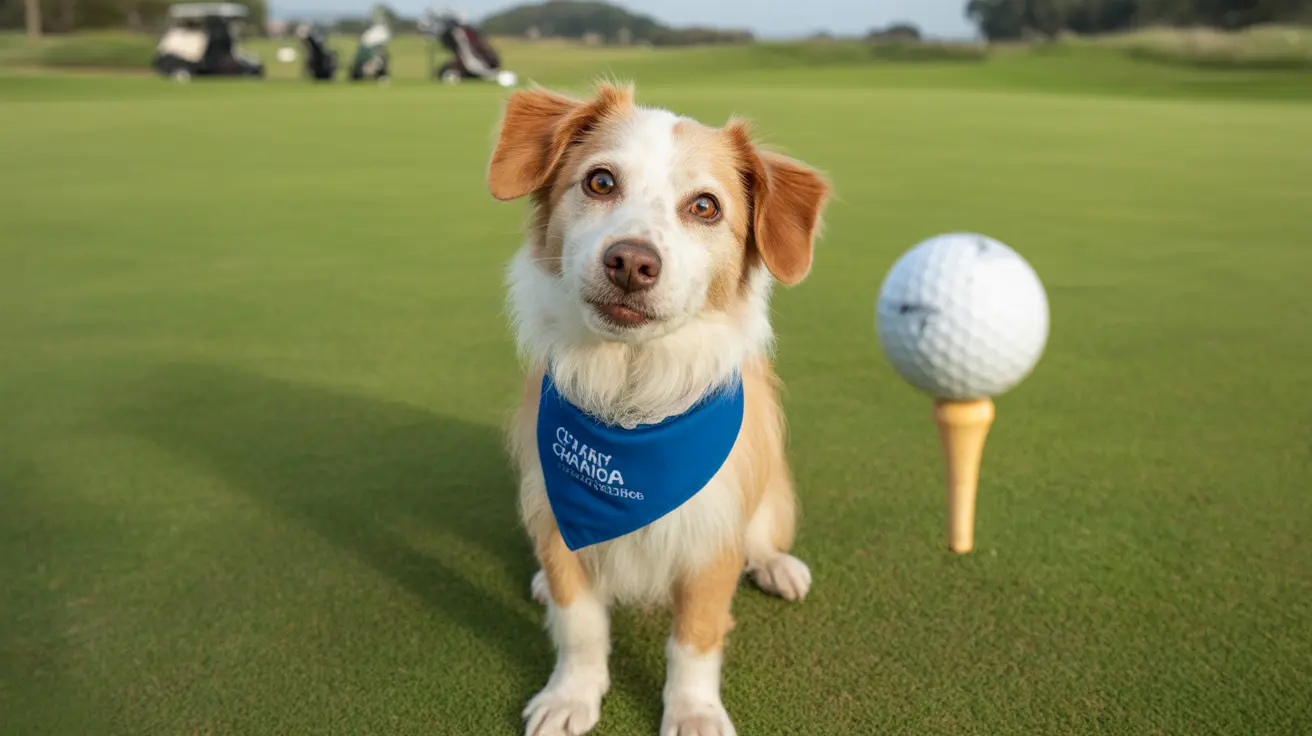Can Coyotes Attack While You're Walking Your Dog?
Encountering a coyote while walking your dog can be an unsettling experience. As urban and suburban areas continue to expand into wildlife habitats, coyotes are becoming more common in neighborhoods, parks, and trails. While attacks on humans are extremely rare, small pets may be at risk, especially in areas known for high coyote activity. Pet owners should be informed and prepared to keep their animals safe during walks.
Understanding Coyote Behavior
- Territorial Nature: Coyotes are territorial animals, especially during mating and pup-rearing seasons. From January to March (mating) and April to August (denning), they may act more aggressively.
- Opportunistic Feeders: Coyotes are scavengers and predators. Small animals, including cats and dogs, can be seen as prey, particularly if they're unattended or roaming freely.
- Nocturnal but Adaptive: While primarily nocturnal, urban coyotes often adapt to being active during twilight or daylight hours when food is more accessible.
When Are Coyotes Most Dangerous?
Coyotes become more protective during denning season when they seek to guard their young. During this time, they may become bold and aggressive toward perceived threats, including leashed dogs that wander too close to a den.
Additionally, during times of food scarcity or when coyotes have been fed by humans (intentionally or not), their fear of people can diminish, increasing the potential for conflict.
Tips for Safely Walking Your Dog
- Keep Your Dog Leashed: Always use a short, non-retractable leash. Off-leash dogs are more vulnerable and may provoke a chase response.
- Avoid Dusk and Dawn: These are peak activity times for coyotes. Try to walk your pet during brighter hours.
- Make Noise: Singing, talking loudly, or using noise makers can deter coyotes from approaching.
- Carry Deterrents: Consider air horns, pepper spray, or even a walking stick as non-lethal defense tools.
- Stay Alert: Be aware of surroundings, particularly in areas near woods, open fields, or water sources where coyotes might live.
What to Do If You Encounter a Coyote
- Don’t Run: Running can stimulate a chase instinct. Stand tall and maintain eye contact.
- Make Yourself Large: Raise your arms or use a jacket to appear bigger and more threatening.
- Be Loud: Clap your hands, shout, or use a whistle to scare the animal away.
- Back Away Slowly: Don’t turn your back. Slowly retreat while facing the coyote.
- Protect Your Dog: Pick up small pets if possible. Place yourself between the coyote and your dog.
How to Prevent Coyote Encounters
Preventative measures are key to minimizing encounters:
- Secure Trash: Keep food waste sealed and trash bins coyote-proof.
- Remove Attractants: Don’t leave pet food or water outside.
- Clean Yards: Clear brush and low vegetation that may serve as hiding spots or dens.
- Supervise Pets: Don’t let cats or small dogs roam freely, especially at night.
- Educate the Community: Knowing coyote activity patterns, encouraging neighbors to adopt preventive habits, and reporting bold coyotes to local wildlife services are essential steps.
Myth vs. Reality
Are coyotes always dangerous to dogs? Not necessarily. Most coyotes avoid human contact and pose little threat to dogs, particularly large ones. Problems arise mainly when dogs are off-leash or unattended, or during denning season.
Can a person get hurt defending their dog? While extremely rare, physical altercations involving coyotes can happen. Defending your pet might result in bites or scratches, so always aim for deterrence and avoidance first.
Final Thoughts
While it's understandable to be concerned, coyote attacks on humans are almost unheard of, and most coyotes will run away rather than confront you. The real risk lies with small, unattended pets. By staying alert, keeping your dog leashed, and avoiding known coyote-active areas, you greatly reduce any chance of conflict. Know your surroundings, take precautions, and you and your pet can safely enjoy the outdoors together.





